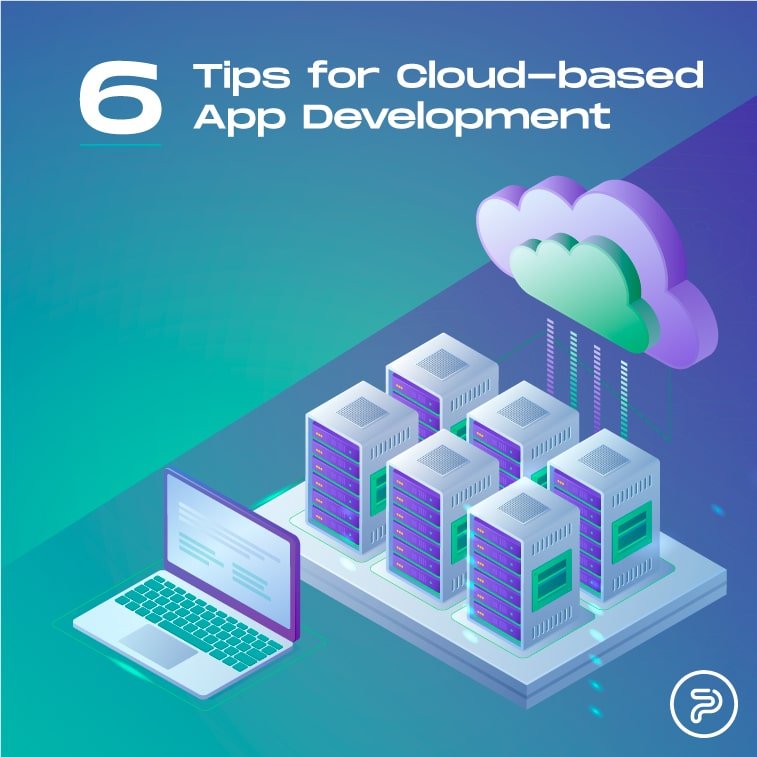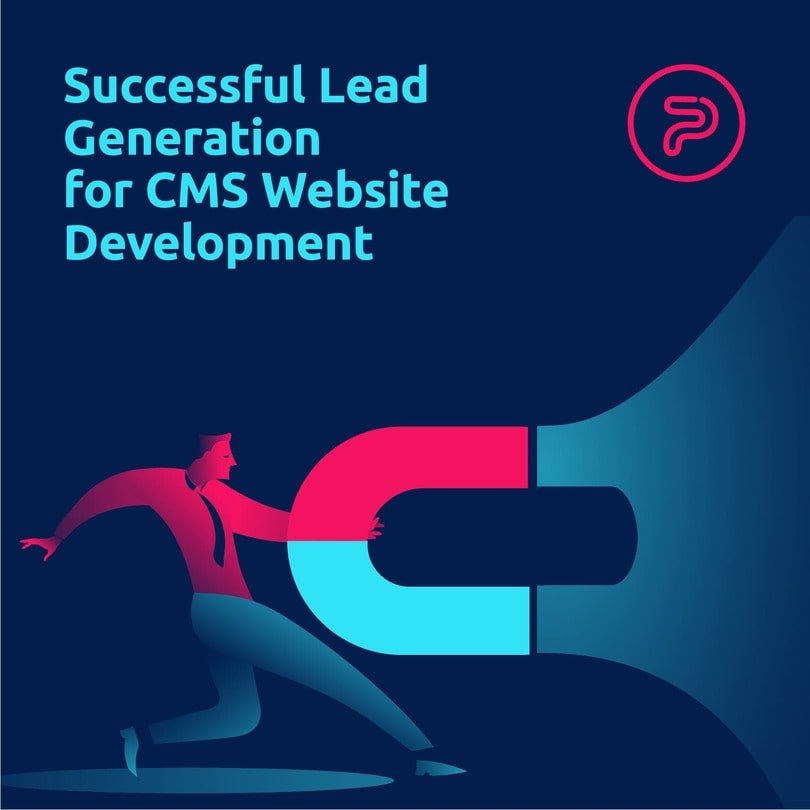As the number of apps that migrate to the cloud grows constantly, it's quite normal for developers to ride the wave and look deeper into the trends, not to mention, for site owners who want to reap the befits of cloud software. For business owners, having a cloud-based app can lead to significant cost reduction when it comes to equipment and overall site performance. Cloud-based web app development solutions are also easier to scale meaning that the business that uses this base for its online presence has more opportunities to grow and to excel.
The Cloud as a phenomenon is becoming more and more prevalent in the digital landscape and some of the latest stats make that clear more than ever. For instance, nearly 80% of enterprises use Amazon’s dedicated web services as their go-to cloud platform and 77% of enterprises have at least one app in the cloud (or at least a part of it). Lastly, more than half (60%) of organizations across the globe use cloud tech for storing confidential data.
That being said, cloud-based app development shouldn’t be treated halfheartedly neither by developers and nor by site owners. However, there are a couple of challenges and pitfalls both parties might face if they opt for this type of development, and this blog post is dedicated to addressing the most common problems and challenges during cloud-application development.
Getting Started: What is a Cloud-Based App?
This application type is a software solution that runs the data storage and processing logic between two separate systems: server- and client-side. In simpler terms, every app has a dedicated client-side, this is the part that the user interacts with and sees on the display. The other side, the server-side is the part that’s responsible for making sure the client-side features work. This side also does the data processing. In the case of traditional mobile apps, for example, business logic and data will be processed by the phone’s processor. In the case of a cloud-based solution, however, these tasks are the responsibility of a remote server. This means that cloud-based most data is stored on a remote server, and there are minimum requirements for the dedicated devices to run the app. Furthermore, in the case of mobile apps, they can also work offline as the data can also be stored on the device until it establishes a connection again. Then the app will automatically be updated, and the device-stored data will also be uploaded to the cloud.
From a business standpoint, your customers can use the app from any device with an internet connection, let them be laptops, smartphones, or tablets. Every piece of info is stored in the cloud so your users (customers) can work seamlessly from multiple devices through the course of the day.
There are three distinctive cloud-based app types SaaS, laaS, and PaaS. To know about the development challenges, first, let’s learn about them a bit.
- SaaS, or Software as a Service: These are cloud-based solutions that can be used via web browsers and mobile apps. They let consumers use the app without the need to install it locally on a device. Internet is the bread and butter of these solutions and as such, they can be accessed from any device from anywhere across the globe (with connectivity, that is). SaaS solutions are fairly popular both among ordinary users and organizations alike as they can streamline and speed up both work-related and personal tasks (For example, Slack or Google Drive).
- PaaS or Platform as a Service: These online platforms offer the possibility to rent everything you ever need to develop an app, from the infrastructure, through development tools, and operating systems. Vendors who work with this model provide the hardware and software tools to simplify the entire development process. These solutions may include development tools, database management, middleware, operating systems, infrastructures. Heroku, OpenShift, and Windows Azure are good examples of this app type.
- laaS or Infrastructure as a Service: With this model, the service provider is responsible for managing your business’s infrastructures, like storage, servers, network through a private or public cloud. You can access the infrastructure and manage apps and operating systems within the infrastructure while the providers (Amazon Web Services, DigitalOcean, and Microsoft Azure) give the hardware, storage, servers, etc.

The Pitfalls and Challenges of Cloud-Based App Development and How to Avoid Them
As you can see, these are quite complex and intricate systems that come with their own set of challenges whether you are looking to build an app, or become a provider.
Treating Encryption as a Priority
As cloud-based apps generally process and store copious amounts of confidential data, security becomes a sensitive issue and a crucial feature for every app that’s worthy to make it on the market. As a provider, app owner, or developer, you need to guarantee that your visitors’ data will remain private. To tho this, use SSL and strong data encryption to make sure that API integrations won’t cause any harm to your security and your customers’ data.
Not Choosing the Right Framework
Another segment where developers often tend to make mistakes is the part of choosing the right framework for the app. Customers are looking for a reliable service that works without errors and deliver results instantly. You need a platform that allows you to use several tech features while you bake up the data securely.
Not Doing the Homework Necessary
Homework, as in market research. This is crucial for any app to be successful. In order to become a prominent player in the digital arena, you need a solution that actually is a solution for your potential audience’s problem. You want to create value and your users need to understand immediately why you should be their first and only choice. Take a look at your competition, study trends, business models, the latest digital tech features in your industry, and go from there.
Not Choosing The Right Provider
The fewer data centers your provider has to offer, the more your app-performance will suffer. As such, look for a provider that works on a global level to ensure that loading speed remains solid across the board. Other features, like using CDNs (content delivery networks) should also be a must when choosing the right provider.
No Scalability
Another problem that may occur with your product is that it’s difficult to scale with the server you’ve chosen. To create an awesome app you need great scalability possibilities as it leads may lead to higher profits, however, only when user experience is great and sudden traffic surges don’t slow the app down.
Not Being Prepared Enough
This common pitfall encompasses not only the issue of not doing the proper market research, but hiring the wrong (or under-qualified) development team, choosing the wrong tech stack to hammer out the project, and lastly, launching the app without the proper testing as well. All of this takes a lot of time, patience, and research. Partnering with the right people who can help you create the right app with the right tools for your audience is paramount to your online success. As such, you need to be careful when choosing your ideal team and app idea.
Finishing Thoughts
As you can see, cloud-based app development and regular development have a lot in common but also differ in certain ways. However, in the end, the same rules apply: you need an app that holds relevancy to your target audience, that reliable, performs well, and has solid UX and UI features. To create such an app, you need a good idea and a good team to turn that idea into reality. Period.





